世界经济主要指标国家统计局国际统计信息中心
2019-09-10
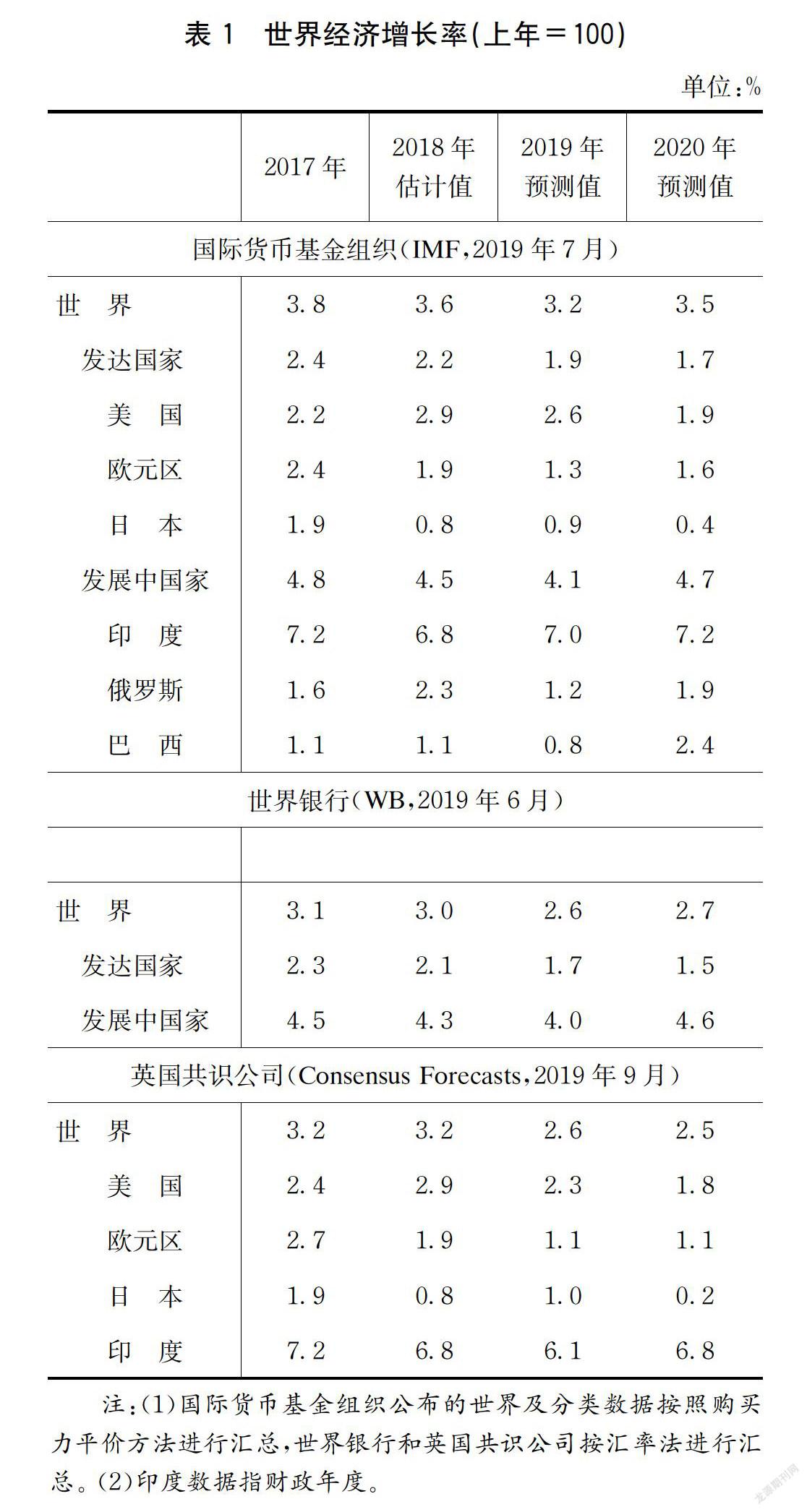
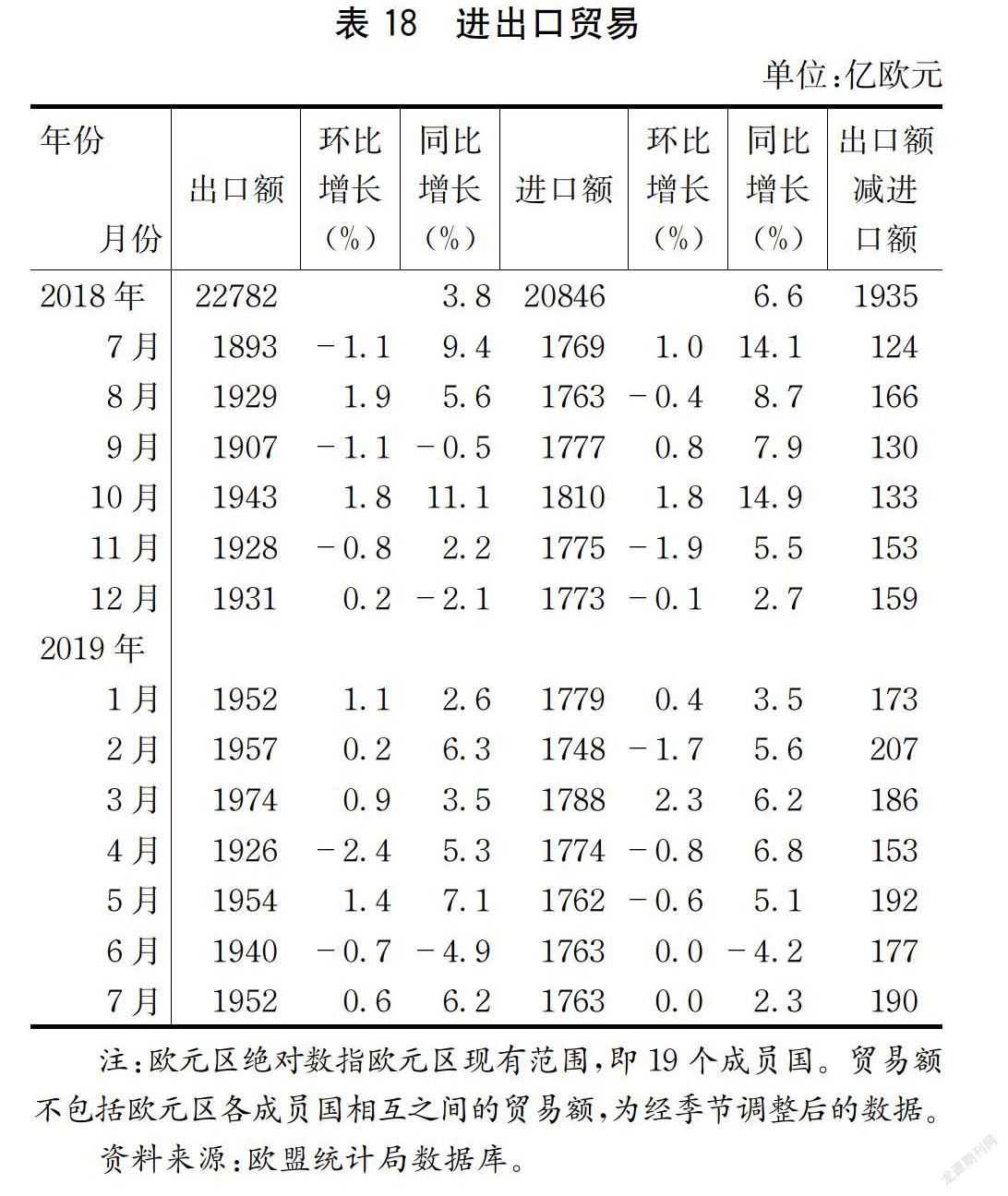

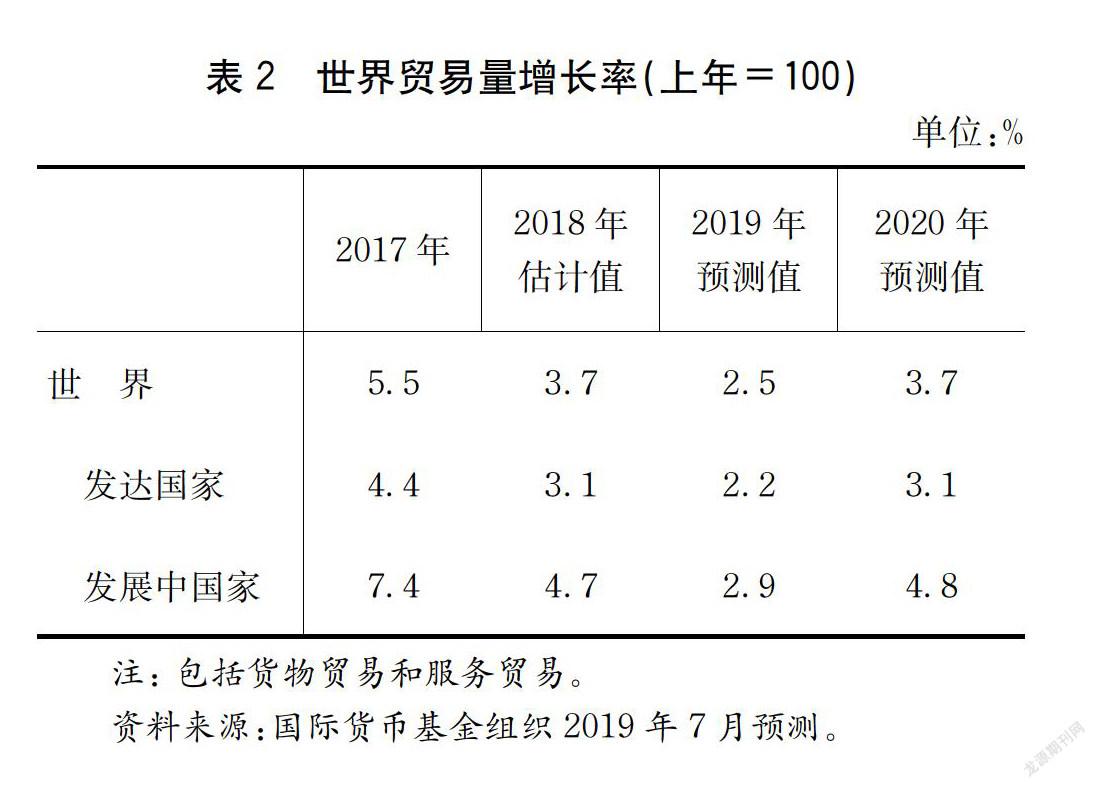

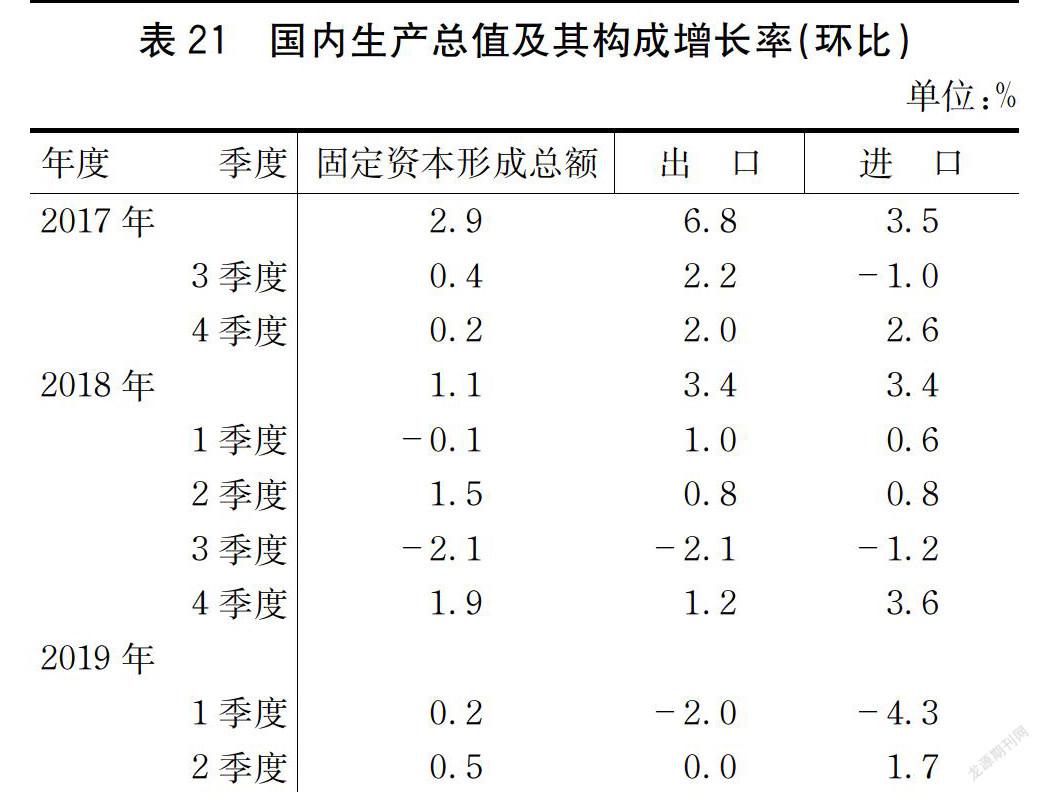
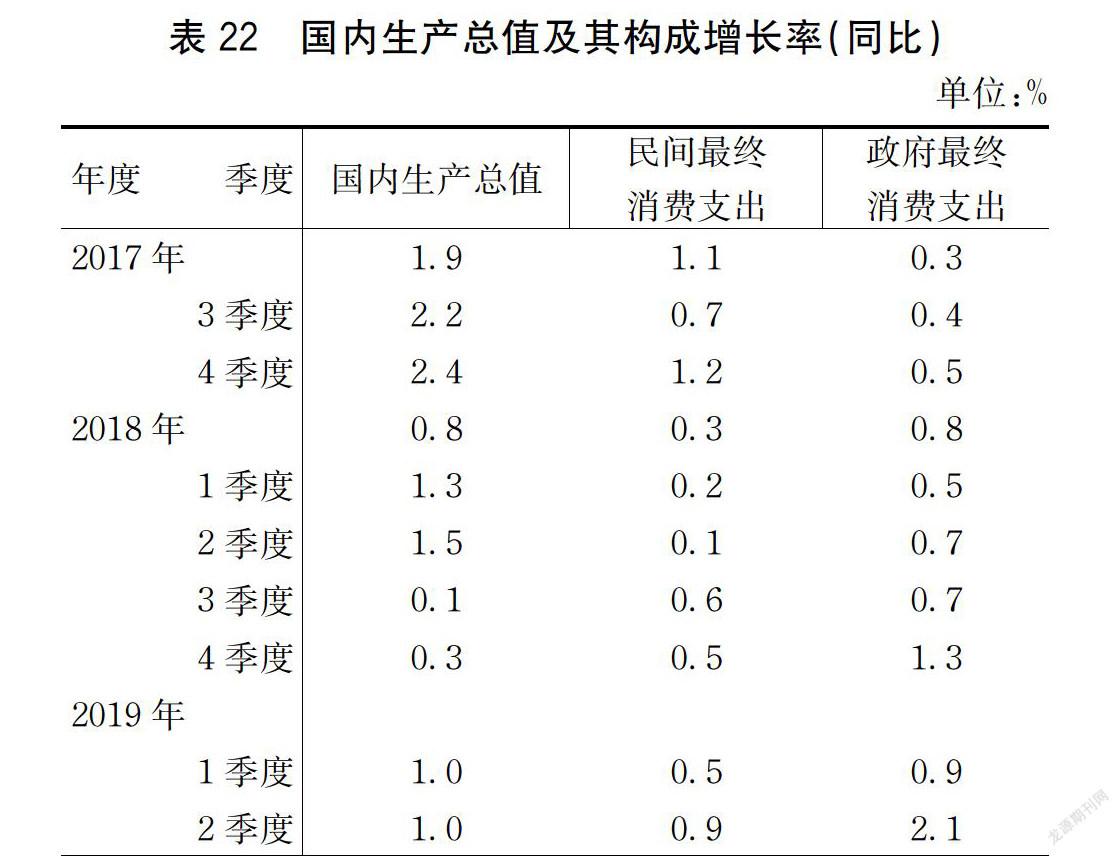
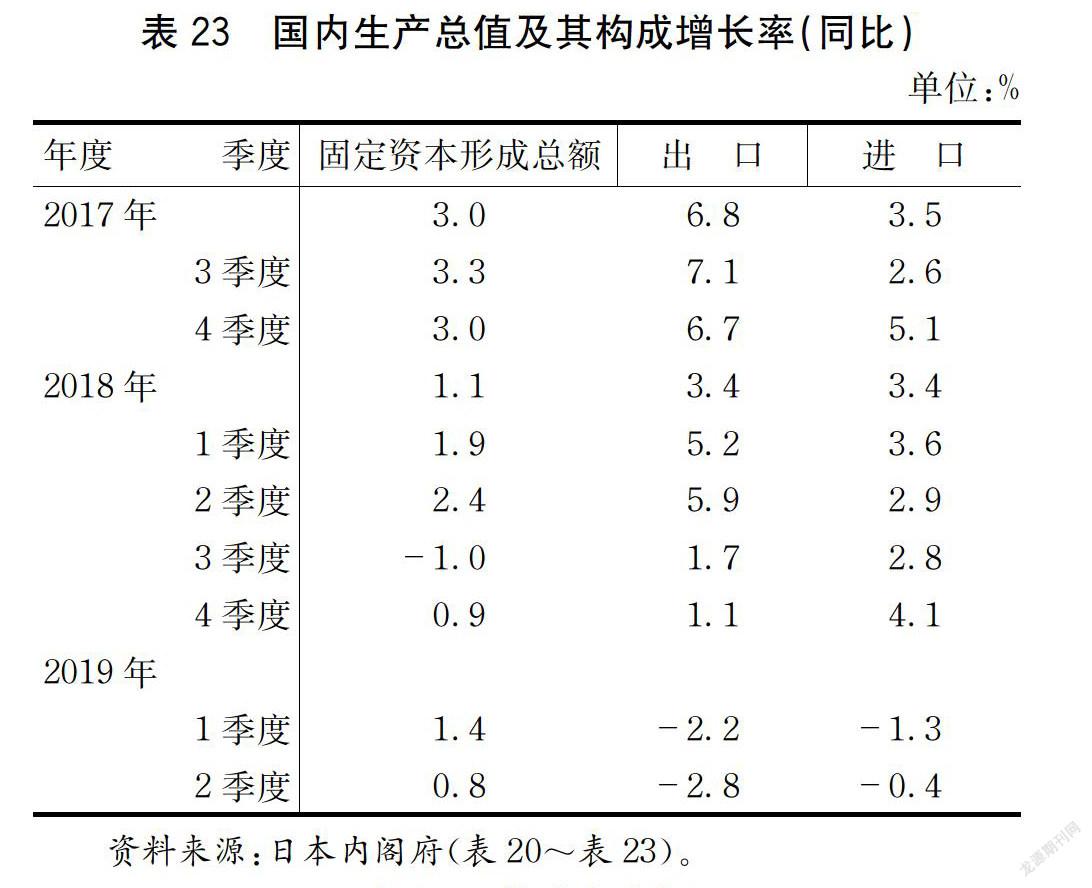



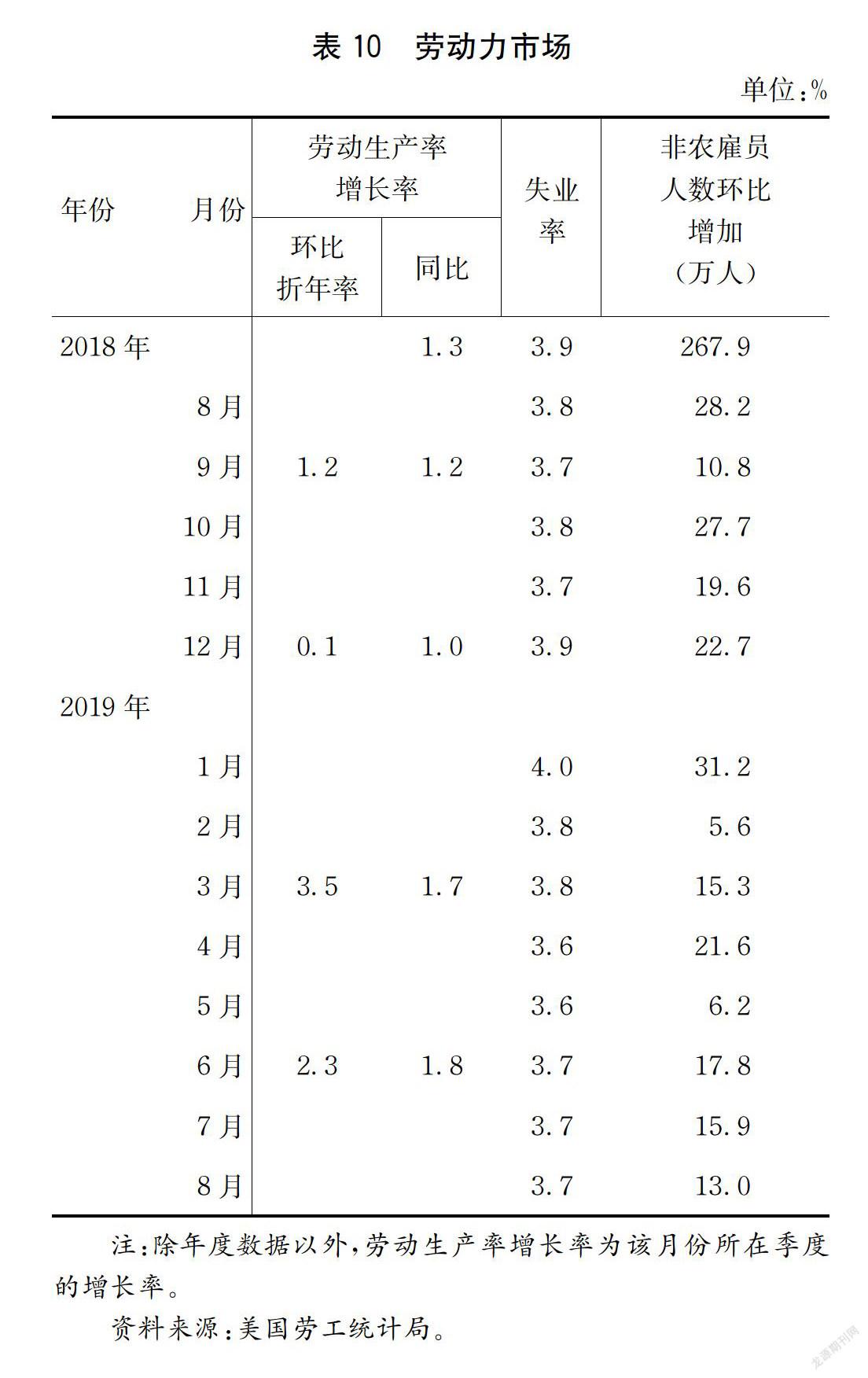
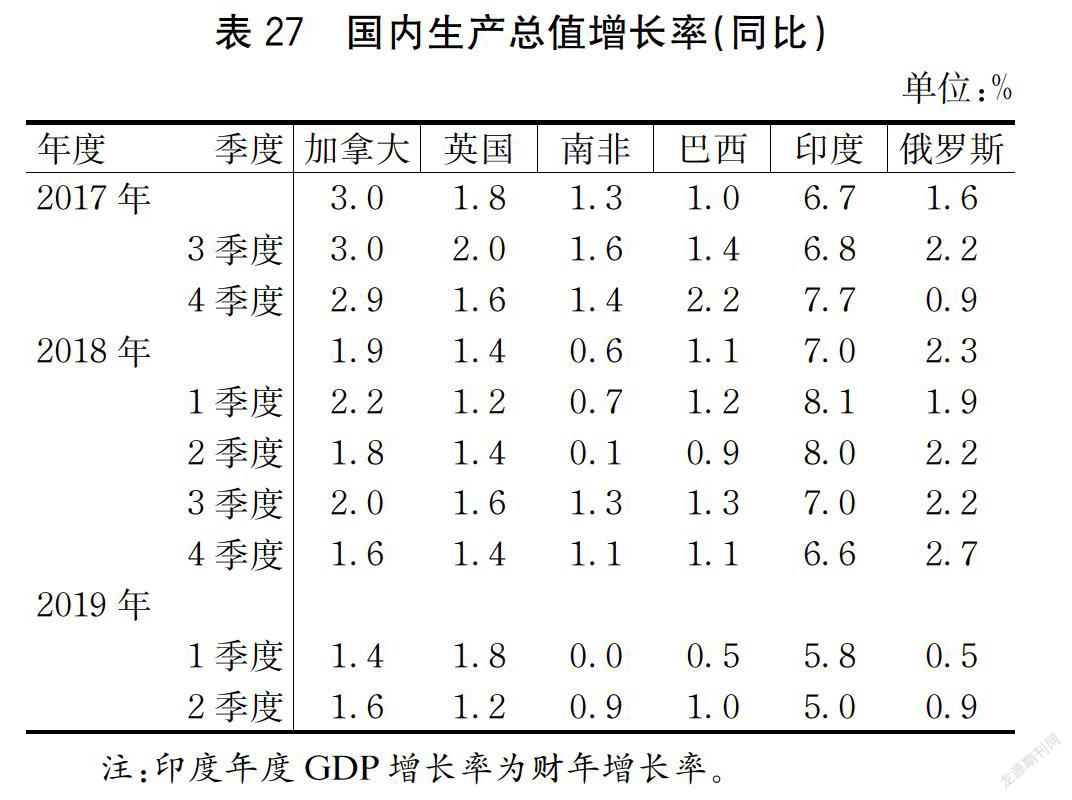
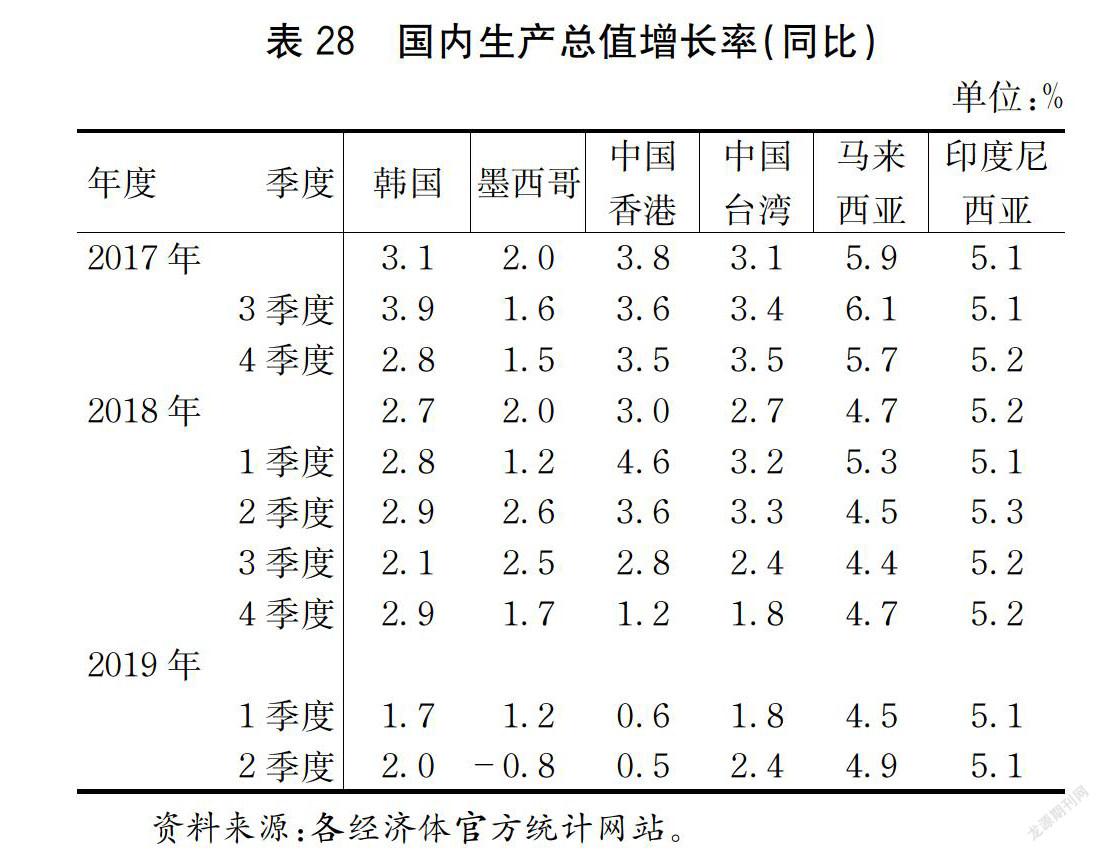
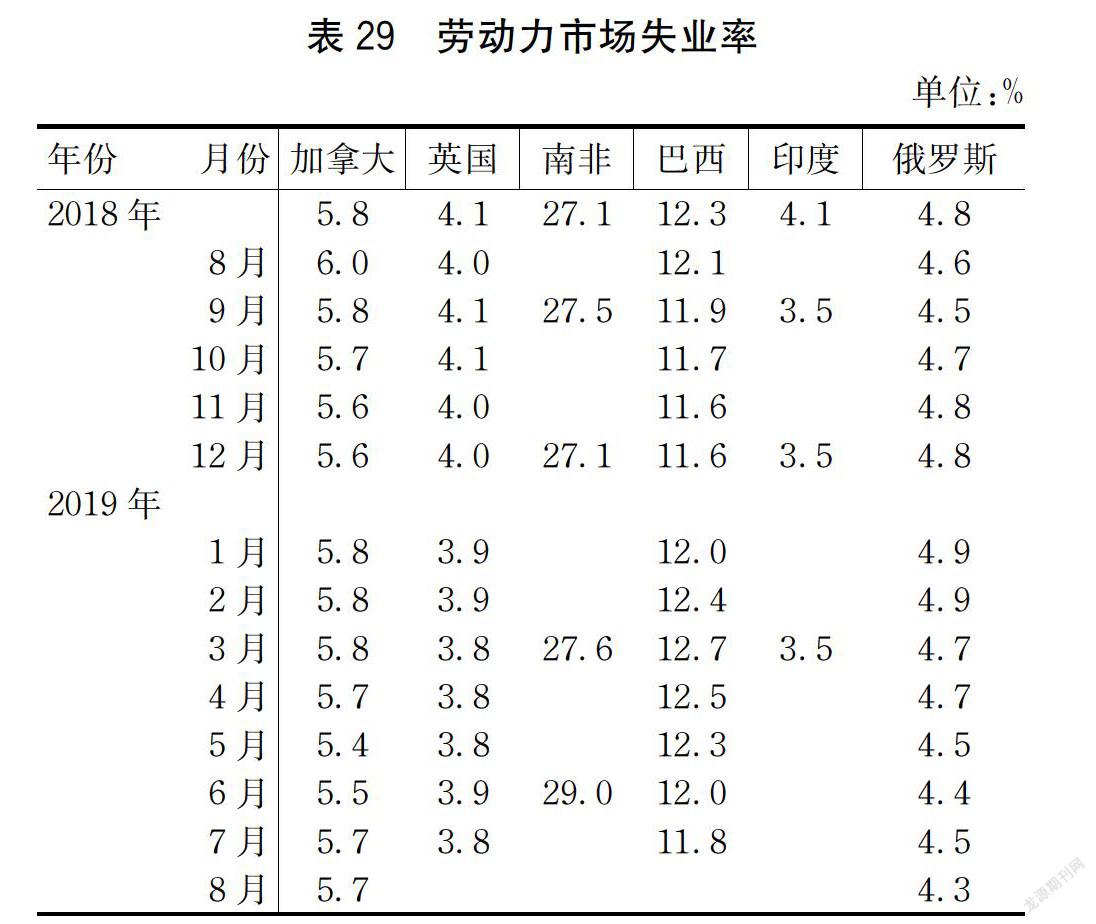


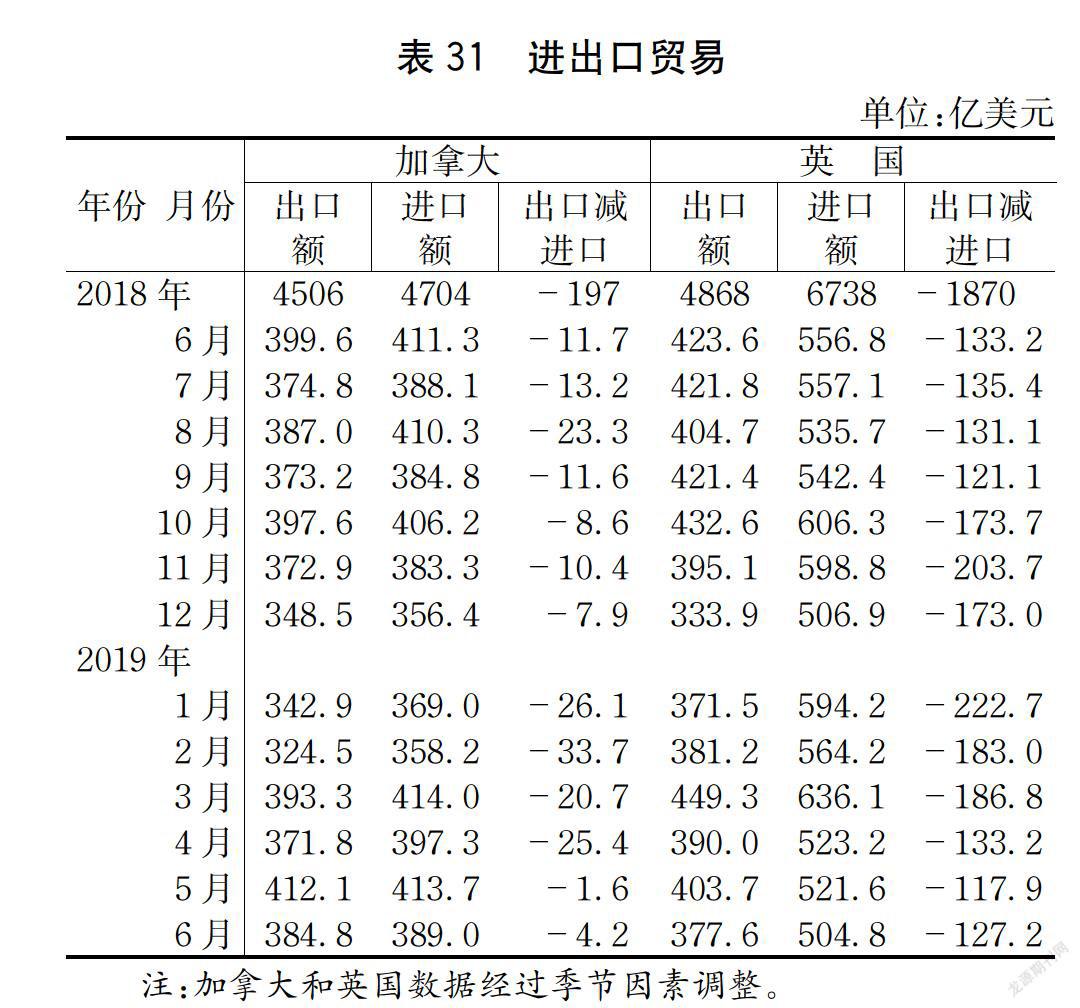
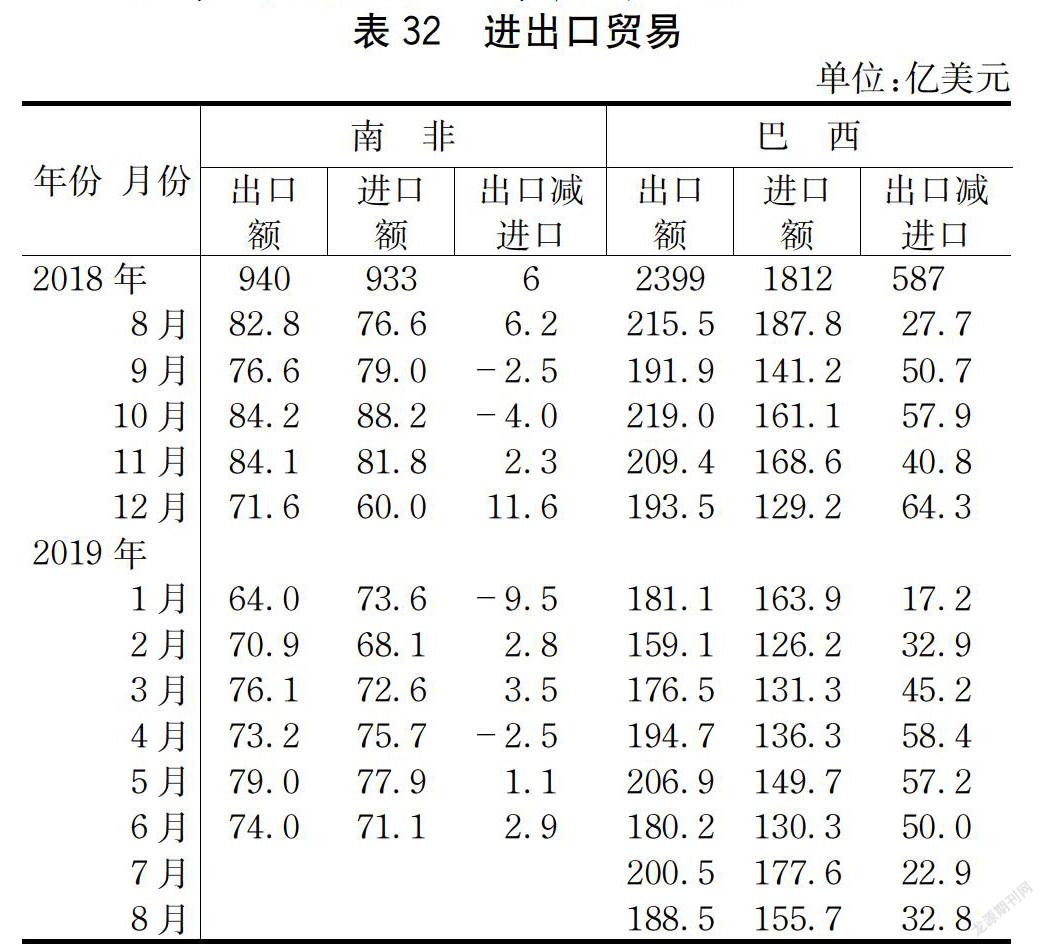

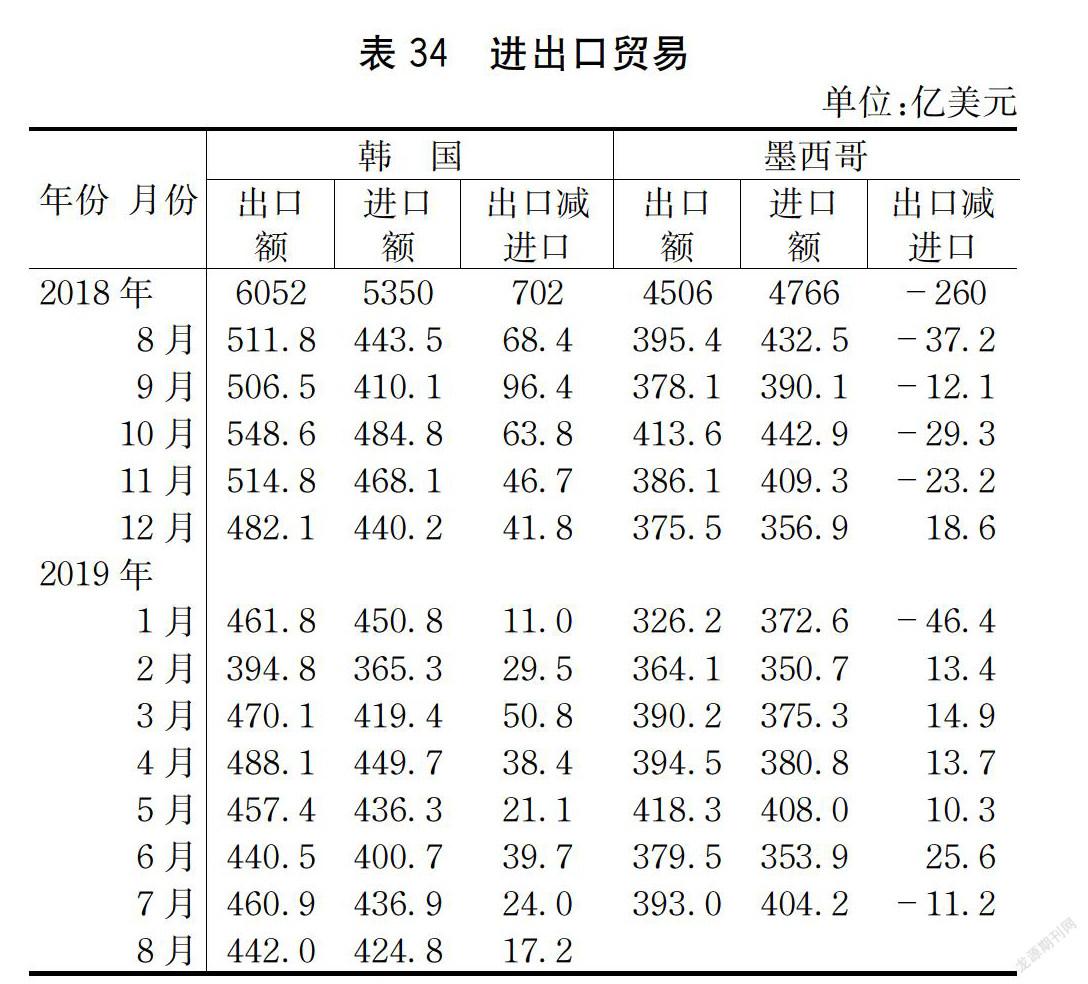
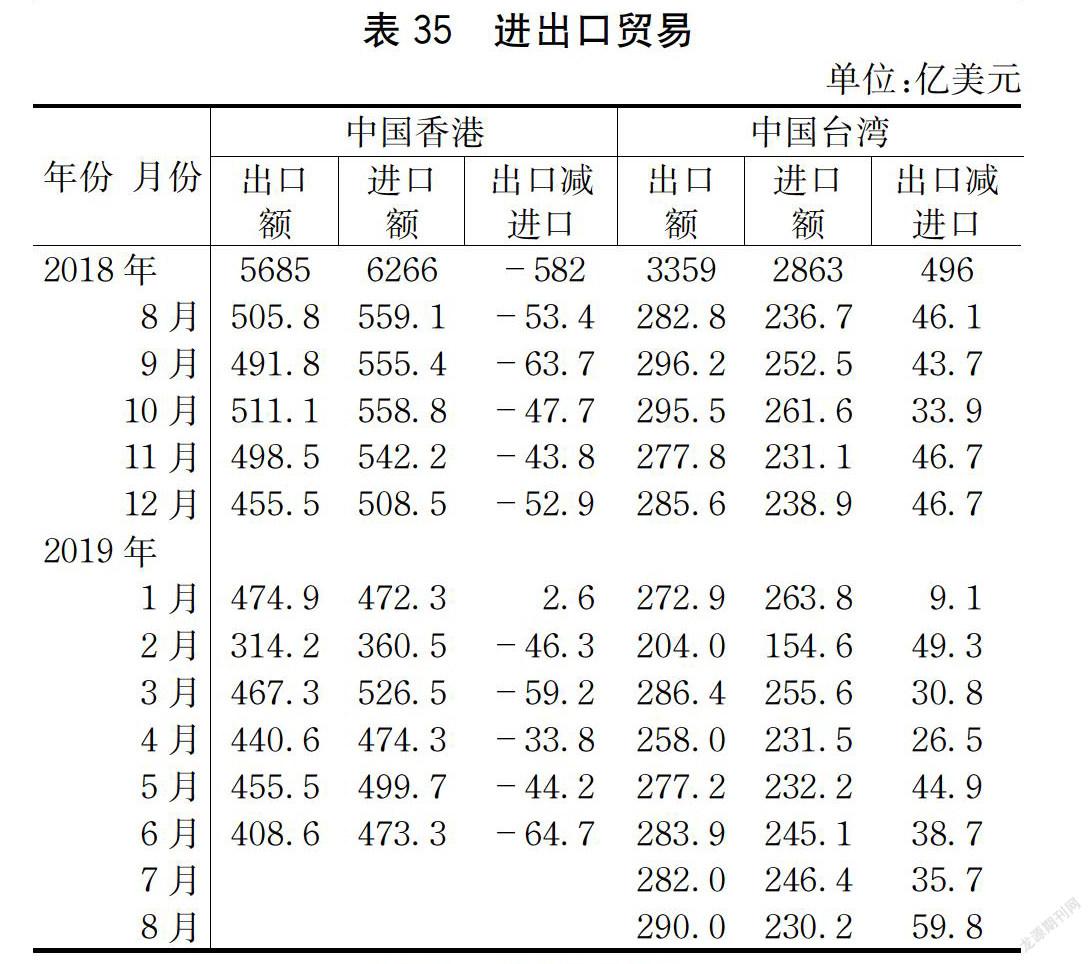
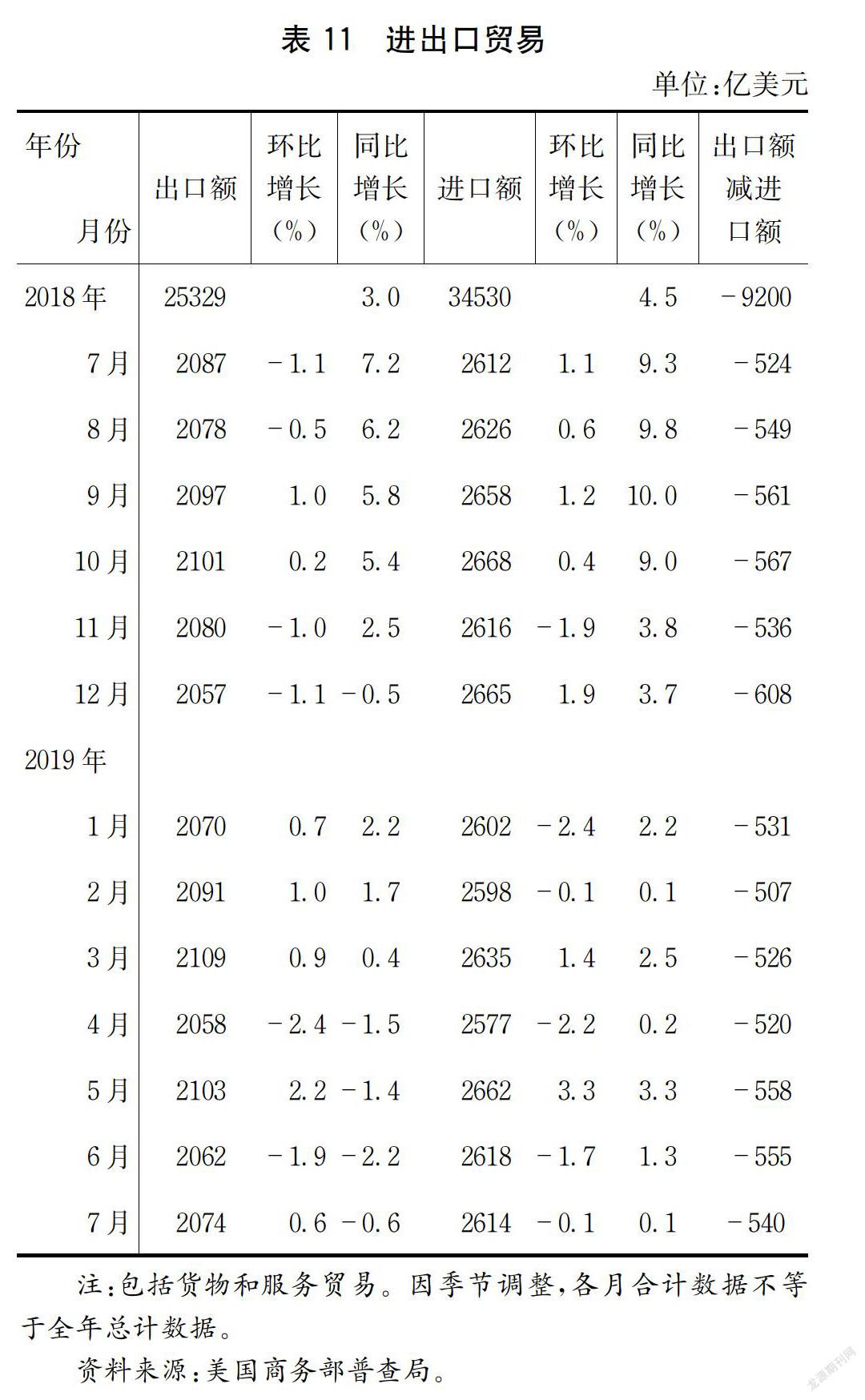
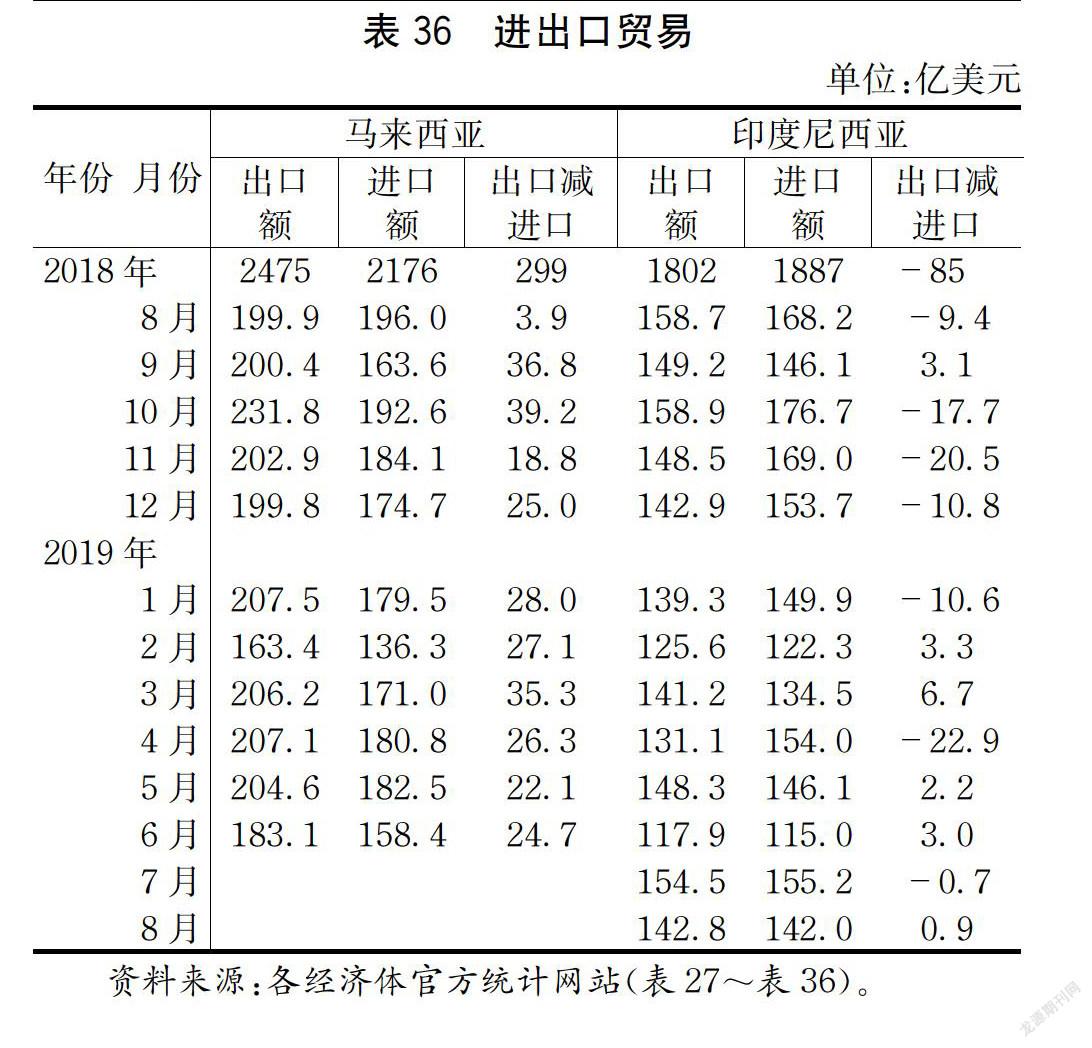

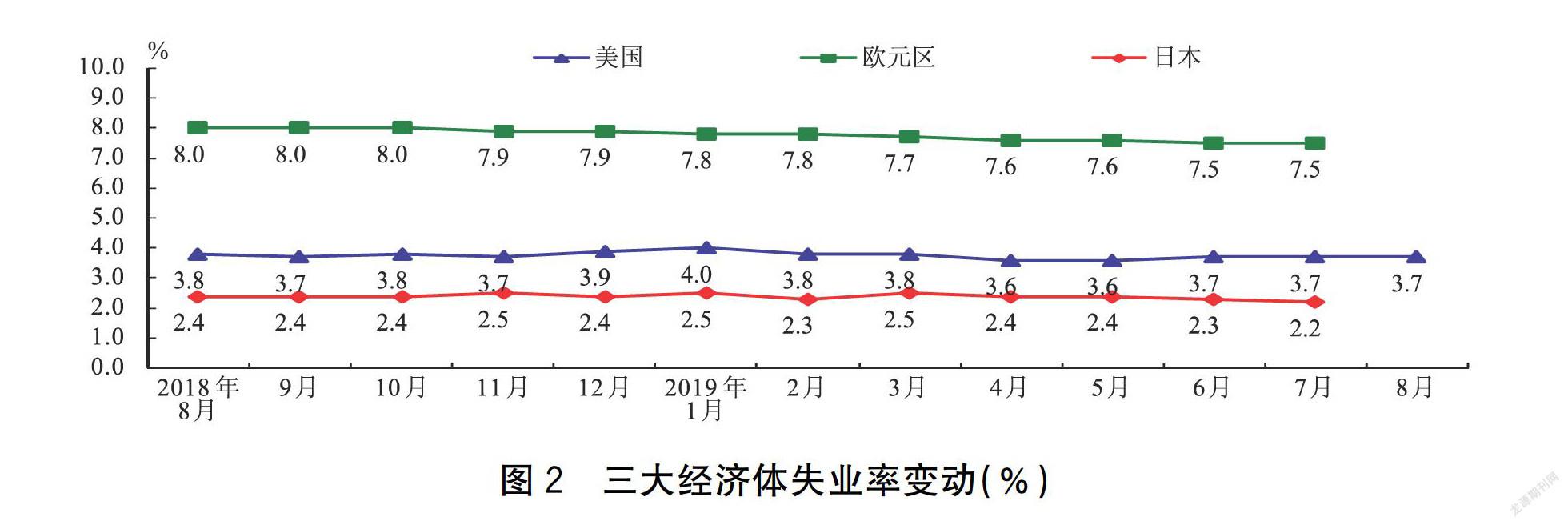




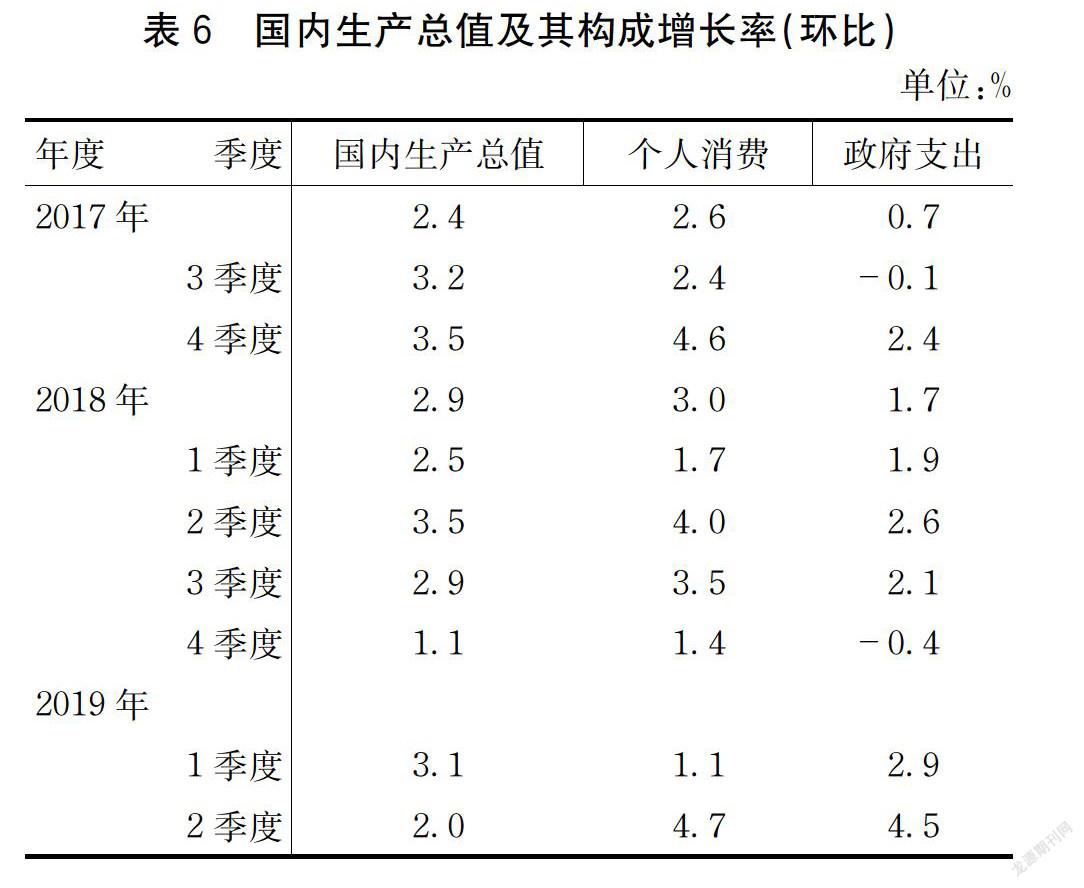

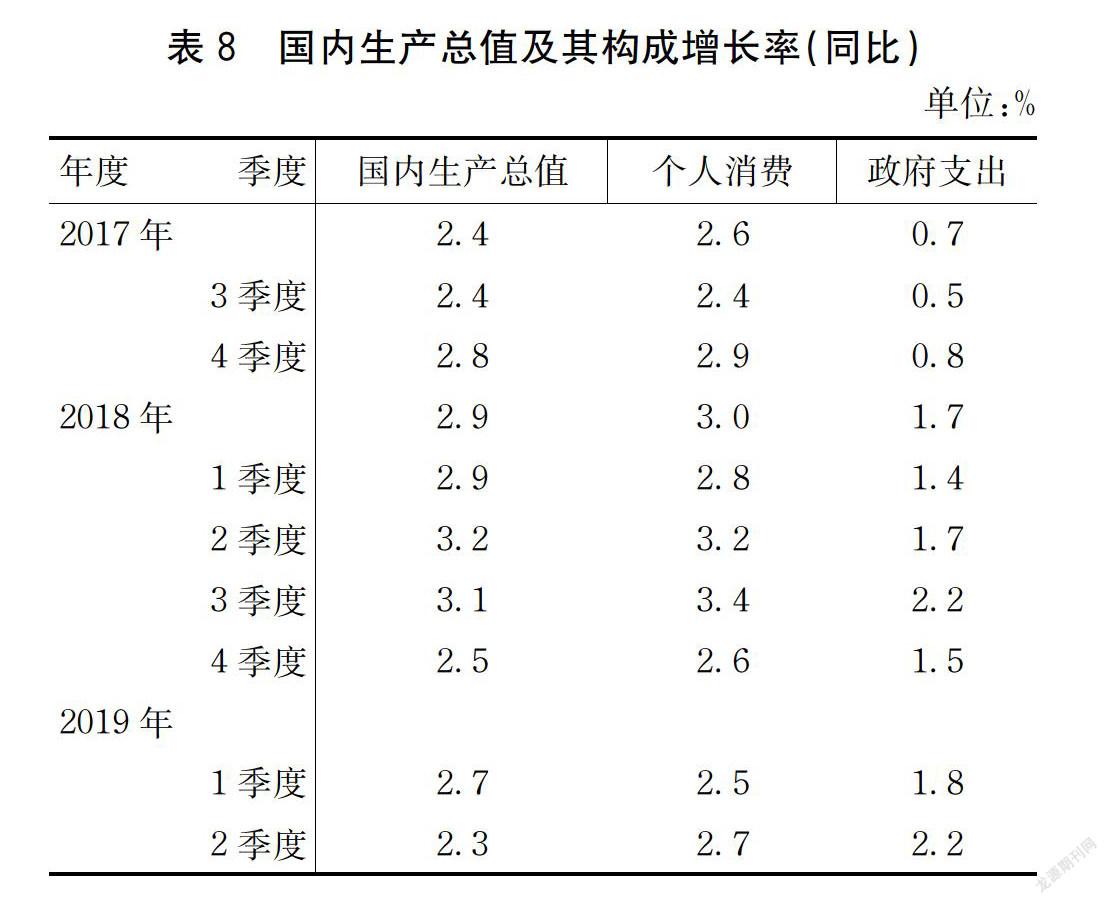
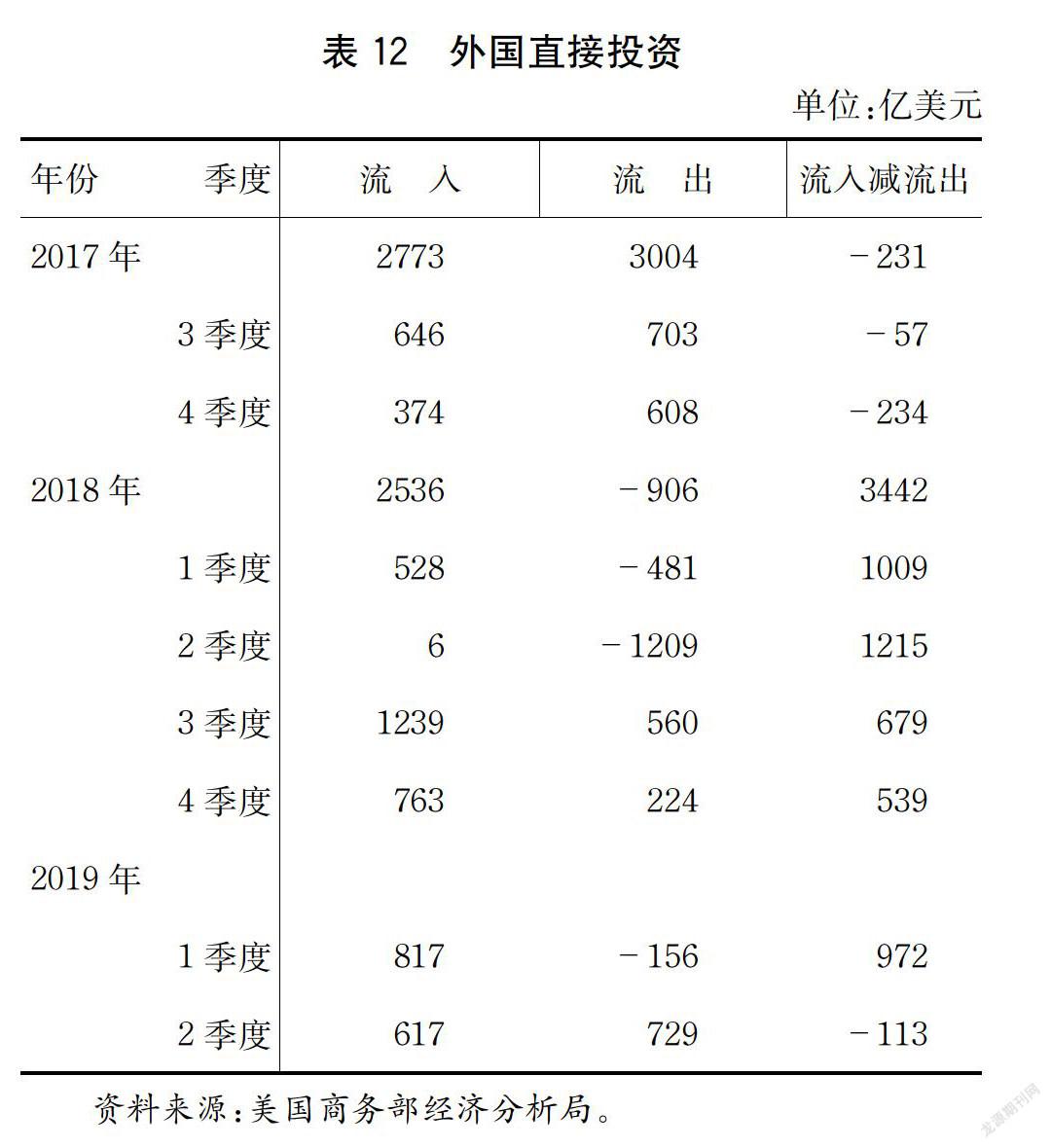
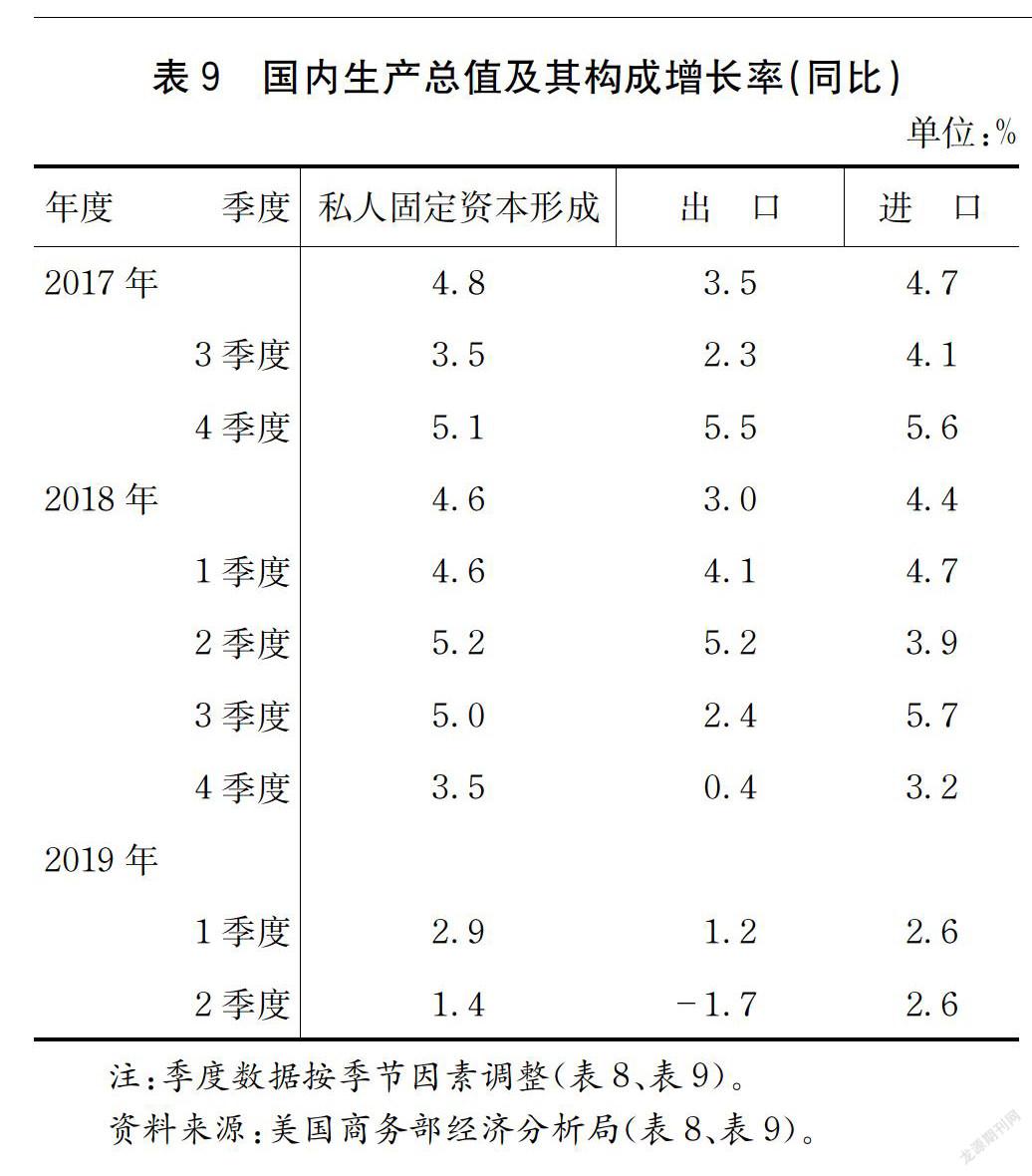


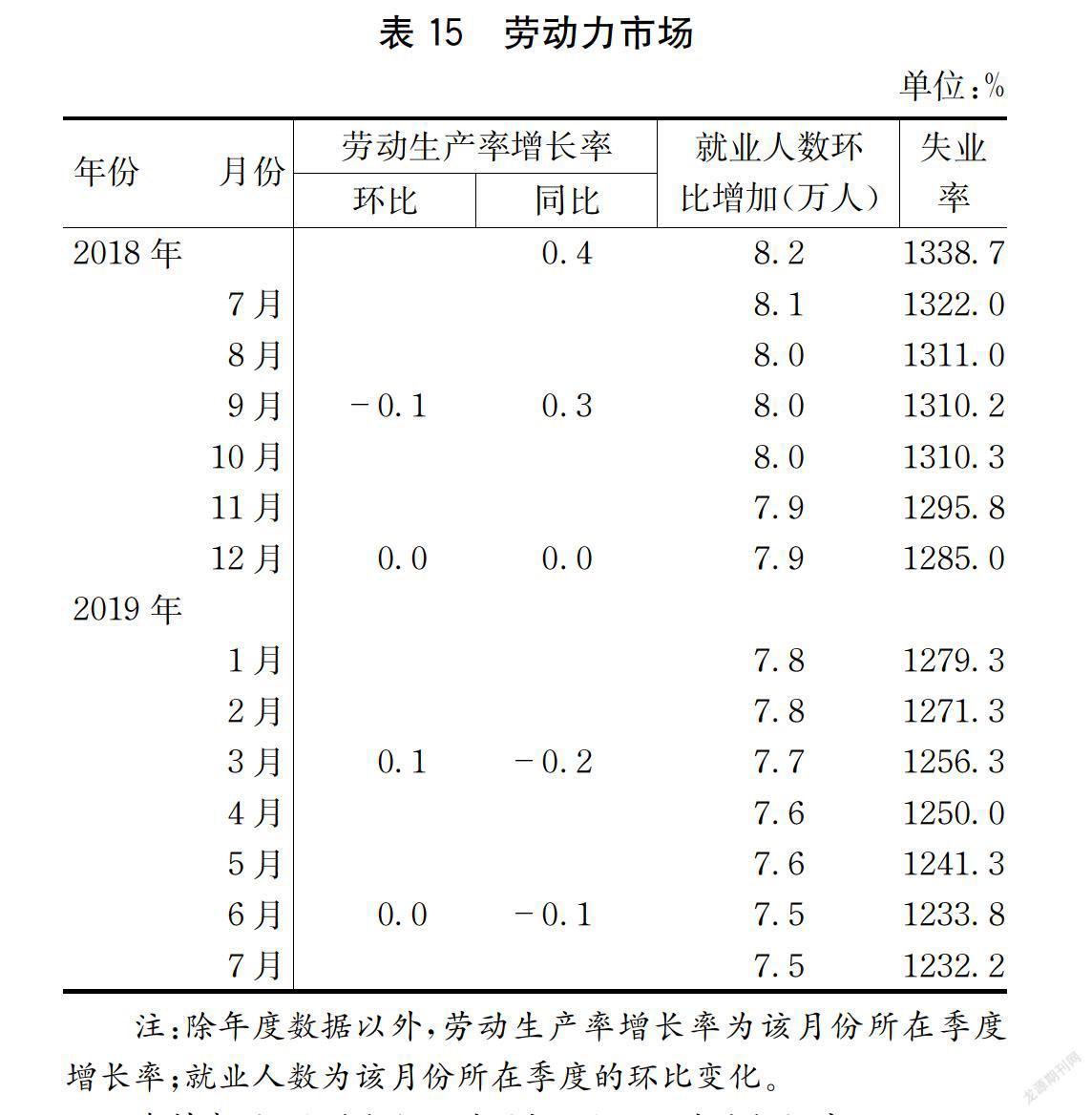


一、世界經济
二、美国经济
三、欧元区经济
四、日本经济
五、其他主要国家和地区经济
六、三大经济体指标对比图
Globalization
No.10
October 2019
Monthly
ABSTRACTS
(1)System Reform and China’s Transformation
Fan Gang
System is mandatory behavioral norms of interpersonal relationships, and the role is to define the boundaries of interests between different individuals as clearly as possible and to regulate people’s behavior. Cost exists in the formation and execution of any system, and it is a kind of total transaction cost of society. System reform is able to promote economic growth because it can save costs, increase efficiency, and encourage innovation. Reform should “transform” vested interests into a new system. China’s system transformation will be a long term development. We must have enough “historical patience”, it may be faced development and reform among special problems and difficulties, and adhere to a historical stage in which we must go through a peaceful attitude. In order to achieve the great rejuvenation of the Chinese nation.
(2)The Difficult Exploration of the “Three Rural Issues” and the Circulation of Agricultural Products in the 70 Years Since the Founding of the People’s Republic of China
Ding Junfa
The “three rural issues”, namely agriculture, rural areas and farmers, have always been the top priority of the Chinese revolution and construction. In the 70 years since the founding of the People’s Republic of China, the Party Central Committee has been guided by the Sinicization of Marxism, and has carried out arduous explorations on the issue of agriculture, rural areas and farmers and the circulation of agricultural products. From Mao Zedong Thought, Deng Xiaoping Theory to Xi Jinping’s Thought on Socialism with Chinese Characteristics for a New Era, a road map for solving the “three rural issues” was proposed at different times.
History has proved that if people do not understand “agriculture, rural areas and farmers”, they cannot know China. If people don’t solve the “three rural” problem, they cannot solve China’s problems. Without the balance of agricultural products, there will be no balance in China. Without a well off of farmers, there will be no well off in China. No agricultural modernization, no modernization of China. There is no rejuvenation of China without the revitalization of the countryside.
(3)“National Online Platform for Social Insurance” was kicked off: Where to come, where to go?——With additional revelation from the United Kingdom
Zheng Bingwen
On line operation of the is a concrete measure to implement the “National Unified Social Insurance Public Service Platform” proposed by The 19th Communist Party of China National Congress, and implement “to delegate power, streamline administration and optimize government services”, strengthen social insurance capacity building and standardize business. The process is of great significance and has far reaching significance for advancing the construction of the national governance system and improving the modernization level of national governance capabilities. The development of platform should be in the direction of the “big platform” of “big social security”, and the scope should be gradually expanded to various social insurances. The second pillar occupational annuity, enterprise annuity and the third pillar of tax extension pension insurance and the pension fund have gradually been incorporated into the “social infrastructure” of social security in China. The “National Employment Savings Trust” platform, which started to operate in the U.K. in 2010, is a good example and can be used as a reference for China to establish a “big platform” for social security.
(4)The High Quality Development of China’s economy in the Domestic and International Environment
Wang Xiaohong
This article deeply analyzes the new opportunities and challenges facing China in the new era of “ the world is undergoing changes unseen in a century.” From the perspective of the international environment, a new generation of scientific and technological revolution and industrial transformation will reshape the world industrial structure. The emerging rise of emerging economies and developing countries will reshape the global development pattern. The shift of the world economic center from the Atlantic to the Pacific will reshape global competition. The pattern, the multi polarization pattern of “one superpower and multi powers” will reshape the global economic governance system, and the in depth development of the global industrial chain, supply chain and value chain will reshape international economic and trade rules. However, the world economy will also face challenges such as long term low speed growth, increasing major challenges, increasing protectionism, and intensifying the game between emerging powers and big countries. From the perspective of the domestic environment, China’s comprehensive national strength has been in the forefront of the world, the domestic consumer market is growing stronger, the status of a major trading and investment country is increasingly stable, and financial openness is steadily advancing. However, it also faces challenges such as the gap of comprehensive strength to developed countries, insufficient technological innovation capability, overcapacity and structural contradictions, and accelerated aging society.
(5)The Construction and Evaluation of China’s Basic Socialist Modernization Index System in 2035
Guo Yingfeng, Zhang Yongjun
The basic realization of socialist modernization in 2035 is the medium term goal in the struggle of China’s “two hundred years” goal. This article constructs an index system for basically realizing socialist modernization in 2035 from six aspects and 15 indicators: economic development, democracy and legal system, cultural construction, people livelihood, social governance and ecological environment. These indicators are assigned and evaluated in terms of the average level of development of high income countries as defined by the World Bank and the way in which China expects potential growth rates. According to the 2017 data, the target realization rate of China’s basic socialist modernization by 2035 is 57.88%. Through international comparison, further testing of these indicator systems shows that continuous improvement of per capita income is the basis for China to achieve this goal, and more emphasis should be placed on education, and corresponding public expenditures should receive more attention. At the same time, we also need to pay more attention to the urban rural gap in the process of urbanization construction and the gap between the rich and the poor as reflected in the Gini coefficient.
(6)Suggestions on Coordinating the Reform of Collective Construction Land in Rural Areas
——A case study of the Lucheng town in Tongzhou District of Beijing
Huang Zhengxue, Wang Ruimin, Teng Fei
Rural land contains collectively operated construction land, house sites, public welfare facilities and agricultural land. The reform paths of various types of land use are quite different. Taking the Lucheng town in Tongzhou District of Beijing as an example, this article explores the path of promoting the reform of rural collective construction land in urban suburbs. Firstly, it analyzes the characteristics and problems of collective construction land in Lucheng Town, and proposes to use the collective management construction land to enter the market as a breakthrough, promote “three concentration”, carry out “three replacements”, try best for “three balances”, and promote “three majors reform”, accelerate the concentration of “people” and “land” to the cities and towns, and improve the level of urban and rural integration. Finally, the policy recommendations for coordinating the reform of collective construction land in rural areas are proposed by 6 aspects.
(7)Exploration on Ecological Construction and Governance in the Border Area of Shanxi, Gansu, Ningxia, Neimenggu and Shanxi
Xie Lanlan, Xuan Huiyong, Wang Yingjie
The border area between Shanxi, Gansu, Ningxia, Neimenggu and Shanxi is an important resource reserve and ecological protection key area in China. Resource enrichment and ecological fragility coexist. The ecological construction and governance experience of this region has important reference significance for the construction of ecological civilization in resource rich areas of China. From the ecological environment to the regional ecological security and economic and social sustainable development of the carrying capacity, ecological livability, ecological construction and governance of the three levels of demonstration, a comprehensive comparative analysis of the ecological construction and governance of 10 cities in the border area. The results show that the air pollution is serious, the water resources are overloaded, the economic development is extremely dependent on energy, the ecological livability level is not attractive to the population and investment, and the number of high level ecological construction demonstration projects is small, these are the main factors which affect the ecological improvement of the region. This article proposes policy measures such as multi channel protection of environmental protection funds, improvement of scientific and technological content of ecological governance, exploration of judicial linkage mechanism of ecological environmental protection law enforcement, construction of environmental self government system involving all people and cross regional ecological compensation mechanism.
Editor:Zhao Ze
